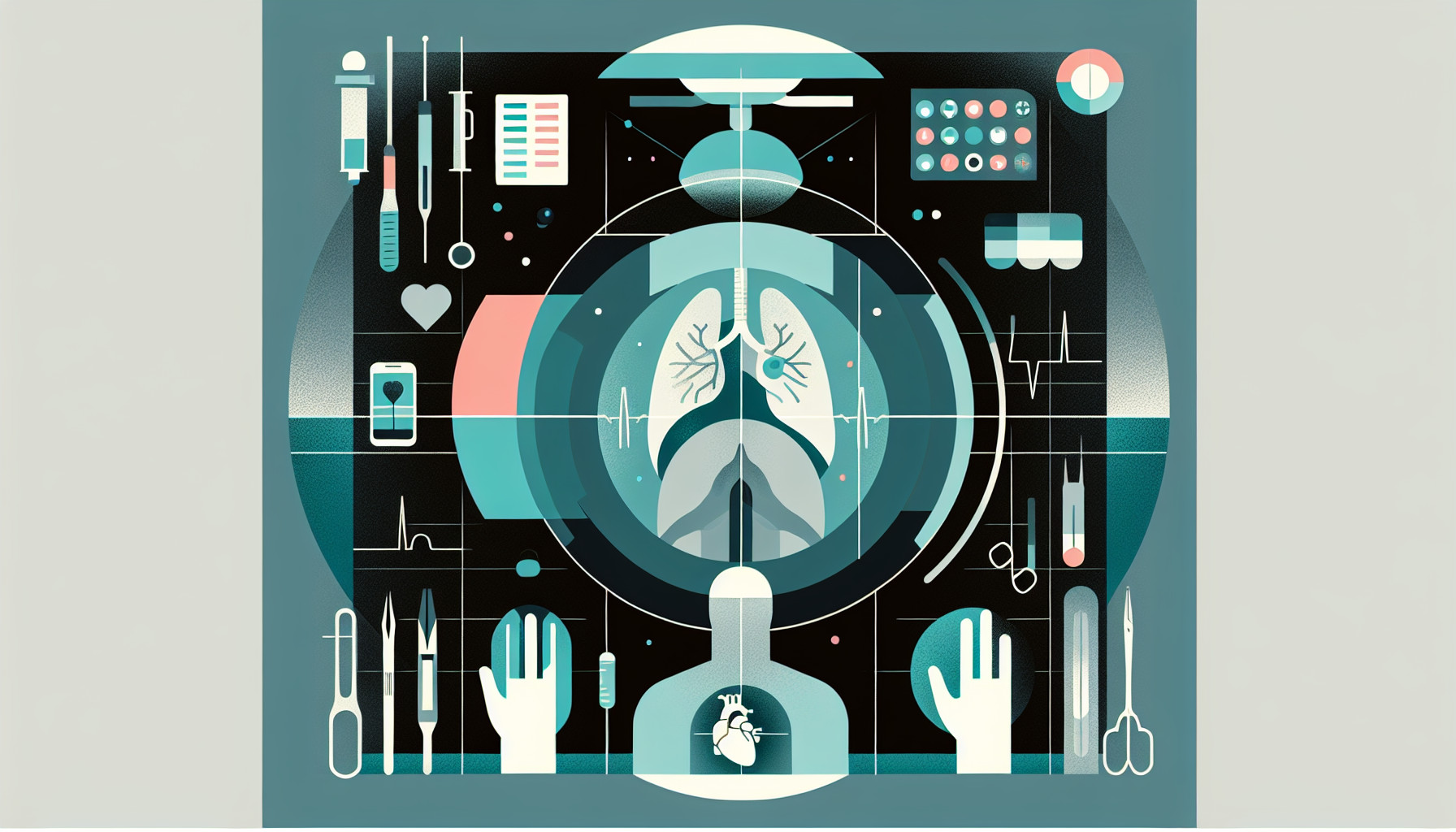Our Summary
This research study investigated the difference between robotic and traditional open mastectomy (breast removal surgery) in breast cancer patients. They looked at 80 women, most with breast cancer and some with a specific genetic mutation called BRCA. The study focused on how many complications there were from each type of surgery, as well as how the women felt about their bodies and their mental, physical, and sexual health afterwards.
The robotic surgery took about an hour and 18 minutes longer than the traditional surgery. However, there wasn’t a significant difference in the number or type of complications between the two methods. Interestingly, women who had the robotic surgery felt better about their bodies and reported better mental, physical, and sexual health than those who had the traditional surgery. This was true both immediately after the surgery and at later check-ins.
Overall, the study concluded that robotic mastectomies are safe and might be a better option for some women because they resulted in better quality of life scores. There were no instances of the cancer returning early in the areas where the surgery was done.
FAQs
- What was the main focus of this research study regarding mastectomy surgeries?
- Did the research find any significant difference in complications between robotic and traditional mastectomies?
- According to the study, how did the patients’ quality of life and self-perception differ between robotic and traditional mastectomy?
Doctor’s Tip
One tip a doctor might give a patient about nipple reconstruction is to discuss the potential benefits of robotic mastectomy surgery versus traditional open mastectomy. This study found that robotic surgery resulted in better quality of life scores for women, including improved feelings about their bodies and mental, physical, and sexual health. Patients should consider this information when making decisions about their treatment plan.
Suitable For
Nipple reconstruction is typically recommended for patients who have undergone mastectomy surgery, either as part of breast cancer treatment or as a preventive measure for those with a high risk of developing breast cancer, such as those with the BRCA genetic mutation. Nipple reconstruction can help restore the appearance of the breast and improve the patient’s self-esteem and body image after surgery.
Timeline
Before nipple reconstruction, a patient typically undergoes a mastectomy to remove one or both breasts due to breast cancer or other medical reasons. This can involve either a traditional open mastectomy or a robotic mastectomy, depending on the patient’s medical needs and preferences.
After the initial mastectomy, the patient may choose to undergo nipple reconstruction to restore the appearance of their nipples. This can be done using various techniques, such as tattooing, skin grafting, or reconstructive surgery. The timing of nipple reconstruction may vary depending on the individual patient’s healing process and treatment plan.
After nipple reconstruction, the patient may experience some discomfort, swelling, and bruising in the surgical area. It is important for the patient to follow their surgeon’s post-operative care instructions, including proper wound care and pain management.
Over time, the patient’s nipples will heal and settle into their final appearance. This process may take several weeks to months, and the patient may need to attend follow-up appointments with their surgeon to monitor their healing progress.
Overall, nipple reconstruction can help improve the patient’s self-esteem and body image after undergoing a mastectomy. It is important for patients to discuss their options and expectations with their medical team to determine the best course of action for their individual needs.
What to Ask Your Doctor
- What are the risks and potential complications associated with nipple reconstruction surgery?
- How long is the recovery process for nipple reconstruction surgery?
- What are the different techniques available for nipple reconstruction and which one do you recommend for me?
- Will I need multiple surgeries for nipple reconstruction or is it typically done in one procedure?
- How long will the results of nipple reconstruction surgery last?
- Will I have sensation in my nipples after reconstruction surgery?
- Are there any restrictions or limitations on activities after nipple reconstruction surgery?
- What type of scarring can I expect from nipple reconstruction surgery?
- Will I need to follow any specific post-operative care instructions for nipple reconstruction?
- Are there any alternative options to nipple reconstruction that I should consider?
Reference
Authors: Toesca A, Sangalli C, Maisonneuve P, Massari G, Girardi A, Baker JL, Lissidini G, Invento A, Farante G, Corso G, Rietjens M, Peradze N, Gottardi A, Magnoni F, Bottiglieri L, Lazzeroni M, Montagna E, Labo P, Orecchia R, Galimberti V, Intra M, Sacchini V, Veronesi P. Journal: Ann Surg. 2022 Jul 1;276(1):11-19. doi: 10.1097/SLA.0000000000004969. Epub 2021 Jun 9. PMID: 34597010
